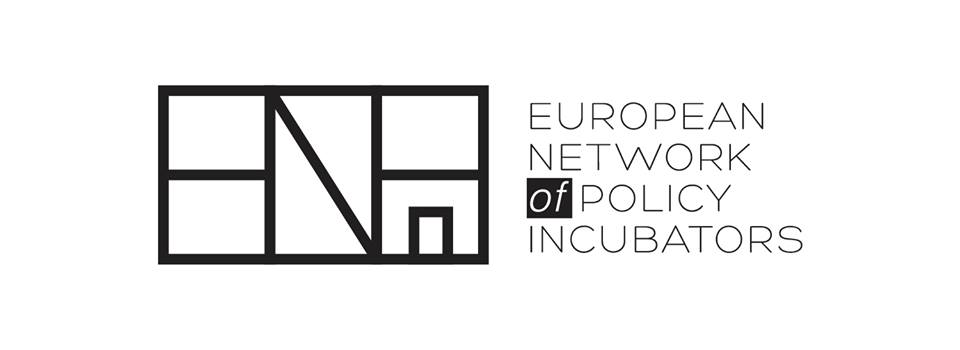 Supranational hybrid materialism:
Supranational hybrid materialism:
Two strategies for own resources of the European Union after 2020,
Teodor Kalpakchiev, the-enpi.org
 This work is licensed under a Creative Commons Attribution-NonCommercial-NoDerivatives 4.0 International License.
This work is licensed under a Creative Commons Attribution-NonCommercial-NoDerivatives 4.0 International License.
Executive Summary
The continuous reduction restrictions to expanding the own resources of common budget of the EU and the trajectory of United Kingdom’s exit has reinstated the need for generation of own resources for the common EU budget. This policy paper puts forward two proposals based on hybrid finances and quasi-monetary markets based on taxing non-renewability, which altogether would create a form of supranational hybrid materialism that will be transformed into capital feeding into the common EU budget.
-
Establishing a supranational hybrid finance system.
- Countering large-scale tax evasion through externalization of EU’s competition policy.
- Transformation of all aid mechanisms to investment-related ones in order to overcome the donor-recipient relationship, which is harming the reciprocity of interregional relationships, which are ultimately the goal of European regional governance.
- Creation of a supranational oversight mechanism that ensures that capital control is maximized and extrapolation of financial blending based on investing taxpayers’ money into infrastructure assets, while providing guarantees for the multiplication of the venture through private capital.
- Acquisition of state debt and collaterals from the American equity market through national development banks and the creation of integrated national capital markets in non-Eurozone countries.
- Taxation of bitcoins and establishment of a technology adjustment fund to create dedicated servers inside Europe, where operations will be both generated and oversighted.
2. Creating quasi-monetary markets based on taxing non-renewability.
- Usage of the clean development system to generate own resources for the adaptation towards sustainable production and competitiveness (e.g. through emissions trading, REDD+)
- Integration of quasi-markets into EU’s own resources through the concept of carbon leakage and the liability of foreign enterprises.
- Creating a system of green trade, which is based on export promotion of environmental goods and creation of monetary restrictions to goods non-compliant with EU’s internal regulatory regime
- Taxing waste (incl. its material and carbon externalities) inside the EU and non-circular products entering the EU
- All taxes on external borders to be channelled to EU’s common budget
For the full research (incl. annexed review of EU ETS and Parliamentary positions):

